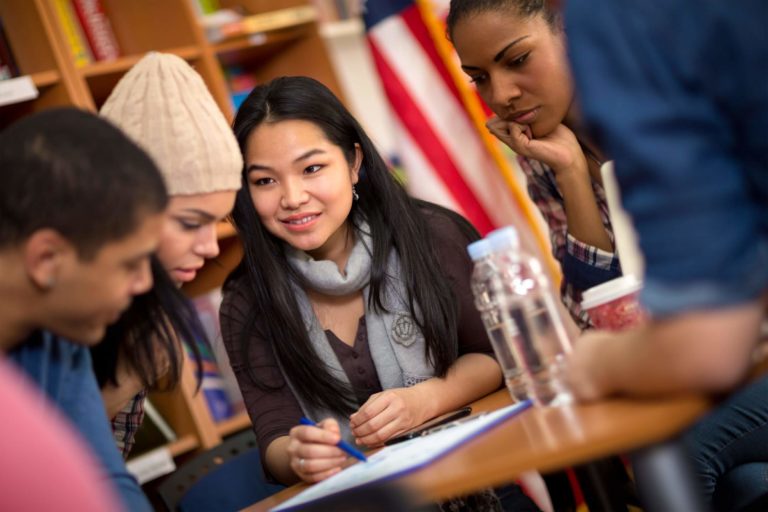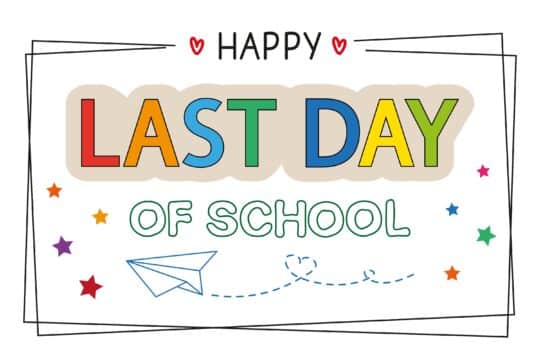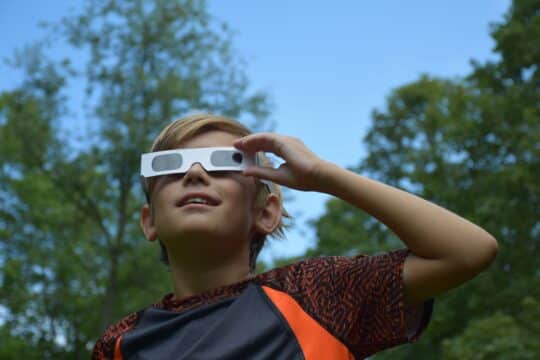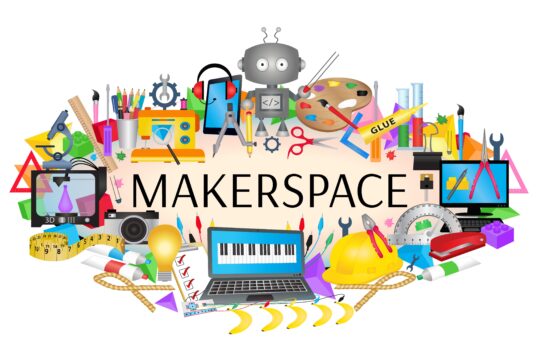Project-based learning allows students to acquire a deeper knowledge and education of a real-world issue. This can be one of the most effective ways to explore social justice issues. Social problems can be traced to a lack of knowledge and understanding. Students utilize active exploration of real-world challenges with social justice issues and focus on work that matters. Social justice issues include race, gender, age, sexual orientation, religion, nationality, education, and mental or physical ability. Relating these issues in today’s classrooms is imperative, and young people offer resolve.
Benefits of Exploring Social Justice
There is a myriad of advantages to exploring social justice issues in the classroom. Students make real-world connections, identify with problems, feelings, joys, and frustrations that attend social justice. Most students are affected by social justice issues in some aspect, and education allows them to make personal connections. Learning and exploring social justice is real and relevant. It is important to allow students to confront social injustice. They learn and utilize empathy in many forms. Social justice is a common theme and answer for real-world issues. Students and teachers gain insights and nurture an ethic of early awareness on social justice
Exploring these issues in the classroom is a vital objective for educators. When students are given this opportunity, they become more informed global citizens and attend to current events affecting all aspects of their lives. Along with the lockdown of Covid-19, many people feel an urgency to care about social justice due to recent events. This type of learning in the classroom promotes activism and heart.
Exploring this topic also may empower them to raise awareness and effect change. A few examples of this include volunteering, taking action where applicable, and providing advocacy. Studying social justice brings a decree of humanity into the classroom. Young people often recognize a need and take initiative on positive change. Many students begin connecting to history and telling their own stories. One of the most important benefits is that is allows students to bond as a group.
History is occurring in real time, and teachers need to acknowledge both the complexity and context in order to teach a complete view of history on social justice. Teachers educate the students on a greater understanding of history in relation to the events that are occurring in the United States today.
Why PBL is a Good Vehicle to Explore Social Justice
Project-based learning is one of the most effective ways to retain knowledge and learn in depth. It engages students and enhances their learning experiences. PBL is interesting, active, and creates higher-level thinking opportunities. Utilizing PBL helps students gain knowledge, skills, and courage to improve social justice. Students take ownership in their learning, and this often results in them discovering issues they are passionate about. They become independent with the nature of PBL and conduct research, solve problems, and it helps prepare them for the real world. It also teaches them how to work with others as a team and collaborate effectively.
Teaching and promoting critical thinking are direct benefits from including PBL opportunities in the classroom. Based on human systems, kids need to be engaged in problem solving in their world. Critical thinking and problem solving must be taught in the classroom, and PBL is a perfect example of this method. Utilizing research and experiences regarding social justice allows students to become more understanding on diversity and how important it is in every aspect of our lives.
Project-based learning is limited in scope and duration. Students work on content they have already learned and address a real-world problem. Students have voice and choice. They reflect on their learning and work directly with others. They work with more rigor, develop a deeper content knowledge, and remain engaged. They become more effective communicators and collaborators.
PBL Examples
Utilizing PBL enhances the service-learning component of social justice. There are many examples and ways teachers can include PBL in their classrooms. Research supports that it is effective to utilize a group of students working on outcome-oriented projects rather than individual assignments. Students can conduct research, provide feedback, make educational videos, create posters, and involve an audience on any aspect of a topic.
Great ways to develop a critical understanding of social justice history are incorporating projects that can foster positivity such as creating a protest poster. Another idea could include creating a blog of students’ perspectives on social justice. Others may study political art and poetry from around the world and create their own art projects regarding their passions on the subject. Teachers and students may include their experiences and personal stories.
Today’s teachers can learn from the encounters of a previous generation of their peers that have experienced social justice. Inviting guest lectures and hosting a panel discussion or debate regarding a social justice issue are meaningful and engaging. Students are involved in challenging lessons because they are researching real-world problems, brainstorming, implementing a plan, and evaluating the findings. They are also listening and sharing personal stories and thoughts.




